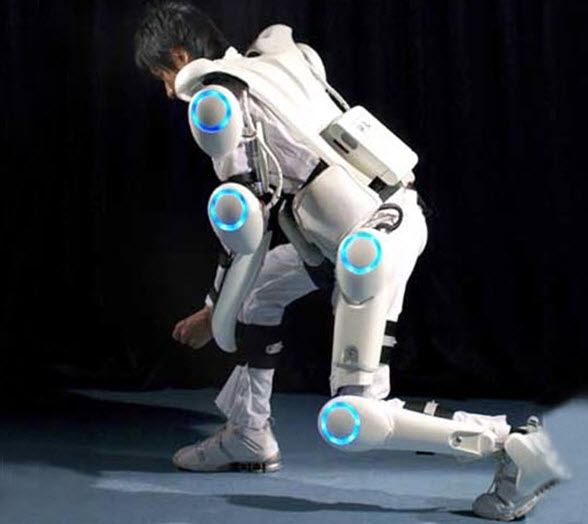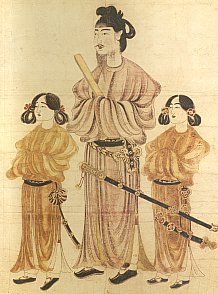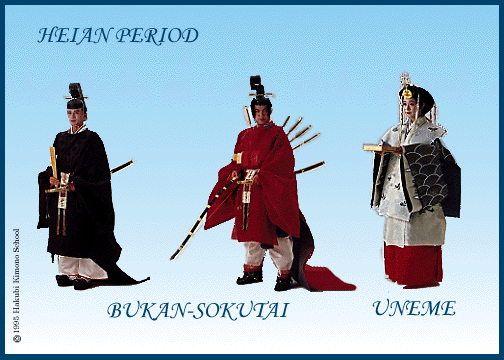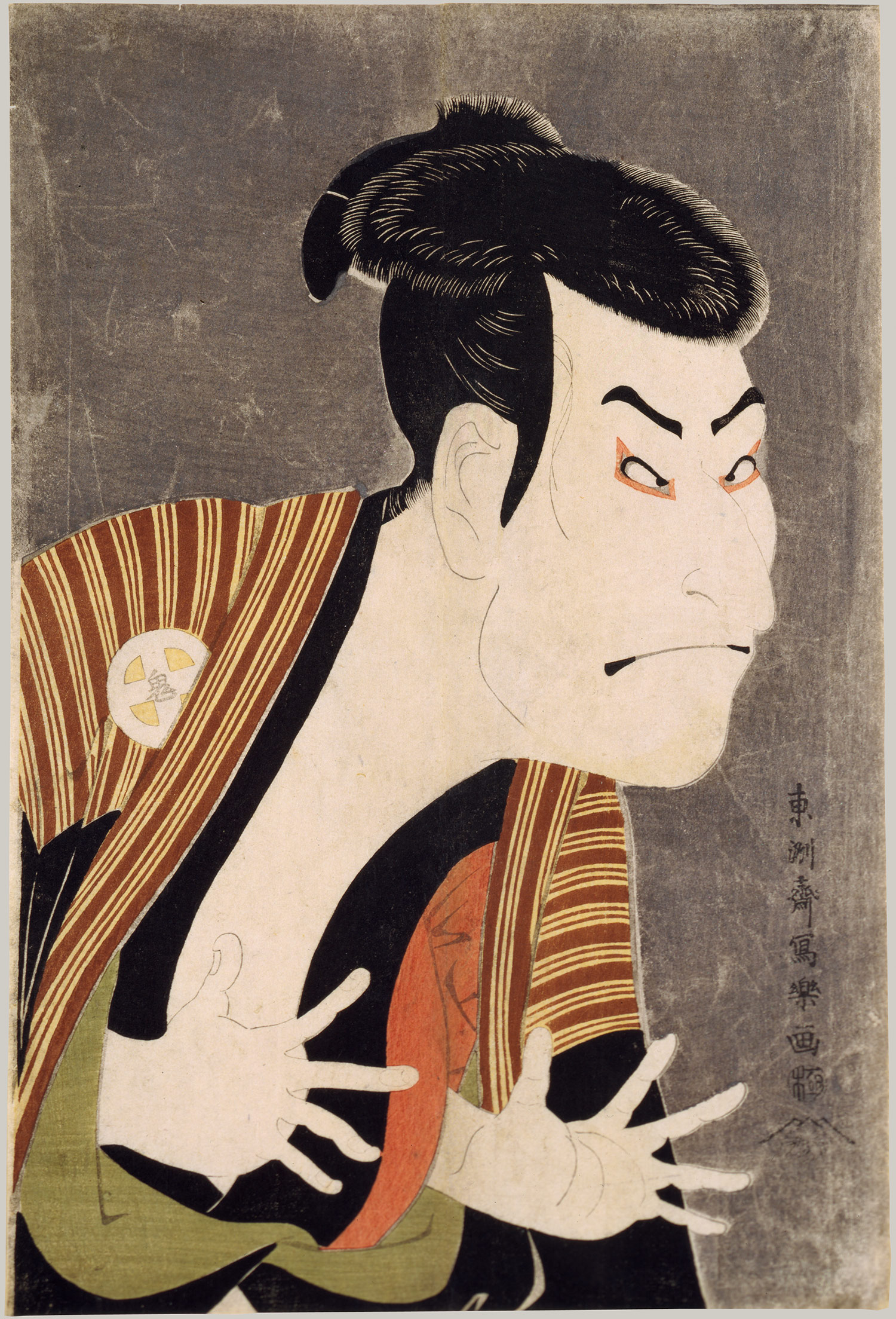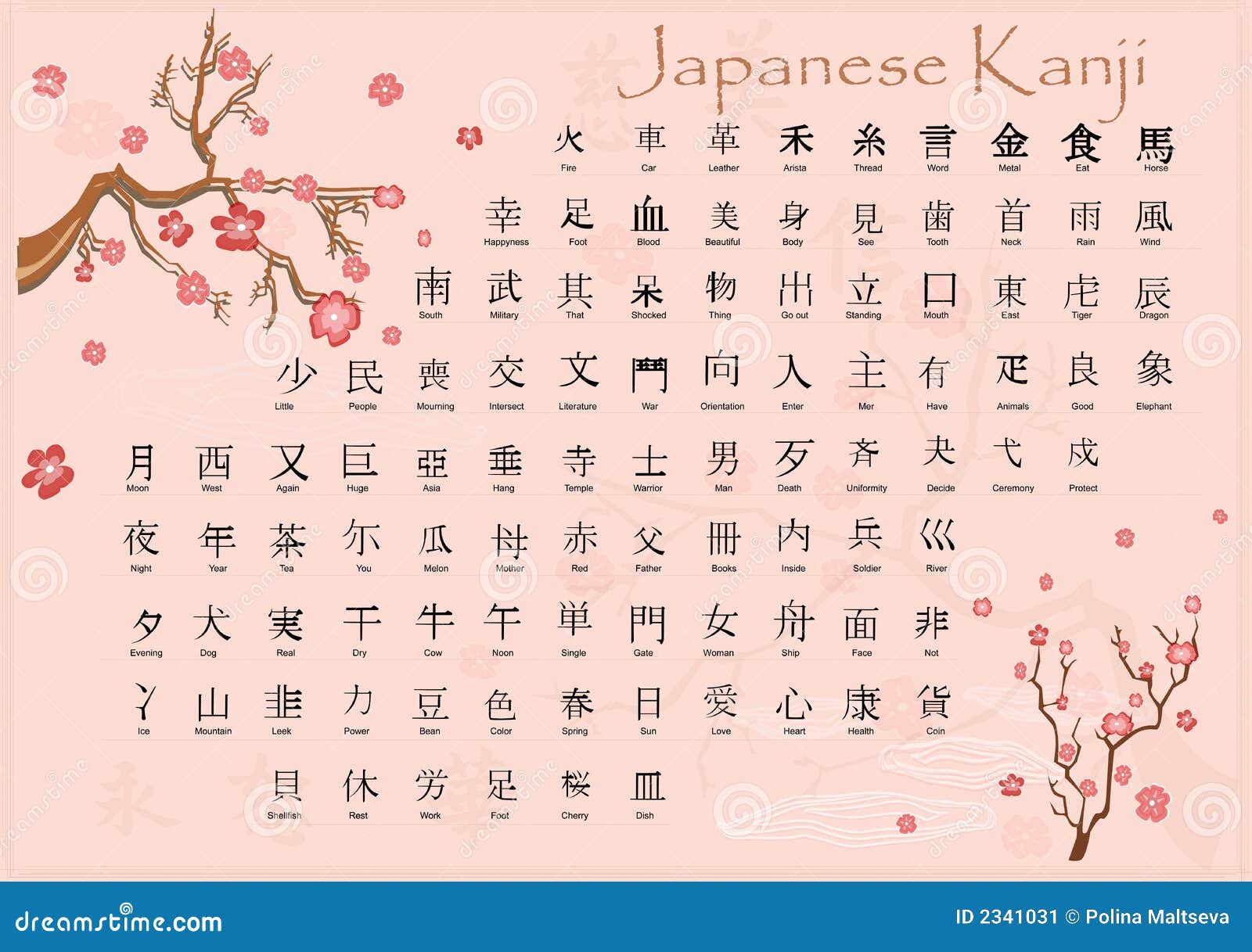If we speak about customs and traditions first we need to accept that what is normal for us can be funny or even terrifying to other people. Besides what is normal? Let’s add the fact that there is a huge sea between Chile and Japan and it makes it a little easier to understand.
Japanese customs makes them a very known part of the world ,what make it so special are their people and it is very common for a foreign person to be pleasantly surprised or completely reject the practices of this country.
The fact that we have been raised in different cultures makes us accept like correct what we learned in our culture to judge the others, for that, in the moment to enter into a country as remote as it is Japan, it is difficult for us to adapt.
It is possible that many people do not understand how a nation as developed can be as conservative as japan do , the truth is that to understand, the best option is to travel,to open mind and get involved in a culture that has lived for over 1000 years such as the Japanese culture.
Tea Ceremony:
Routines so simple for us like prepare a cup of tea for them is one of their sacred ceremony, which consists in a ceremonial ritual in the way of preparing and drinking tea, and a specific order and a significance in every detail like boil water. This ceremony is composed of many rituals, which is learned by heart and it is made very carefully and sensitively.
The tea is prepared by the host, which has series of essential instruments, while then passes it to its guests, the tea is "matcha" (green tea).
For the Japanese people the intimacy is very important not to be violated because the personal space is a personal temple, because of that the social events does not take place in their houses, they usually make their social events in public areas because their house is so sacred that they can´t stain their house with outer contaminants, that´s why every time they get inside the house, they take out their shoes
If you think in a Japanese tradition that has fat men with almost no cloth, fighting in a circle you get… sumo.
The sport started in Japan and is the only country where this traditional sport is practiced. This traditional sport is not like other types of wrestling. The way to win in a sumo fight is either by taking the other out of the ring or, forcing the opponent to touch the ground with any part of the body that is not his feet.
A picture is worth a thousand words, so a video is worth a thousand pictures:
The whole sport has some traditions inside the “big tradition” that is the wrestling itself. For instance, before wrestling the sumo wrestlers throw salt to purify the dohyō (wrestling ring). And the preparations for the wrestling itself has a lot of traditions.
For us it is just a bunch of fat and naked guys wrestling. But in Japan is a big deal, up to the point that some wrestlers can win up to U$30.500 a month. They are celebrities, they are like our Iván Zamorano or Eliseo Salazar.




